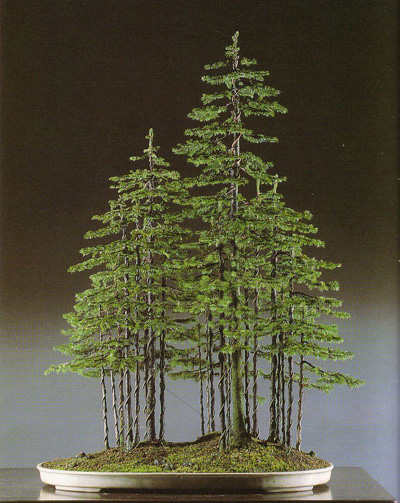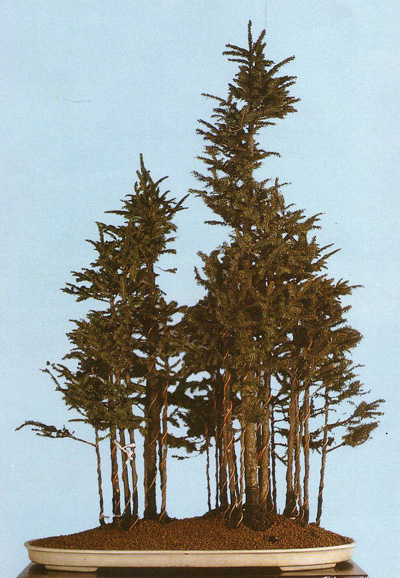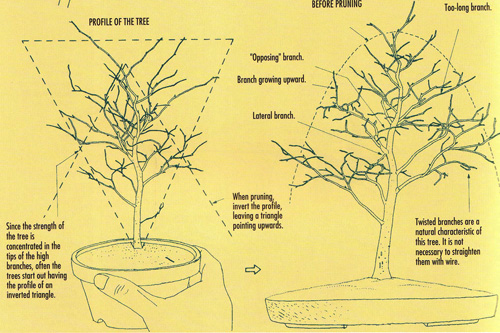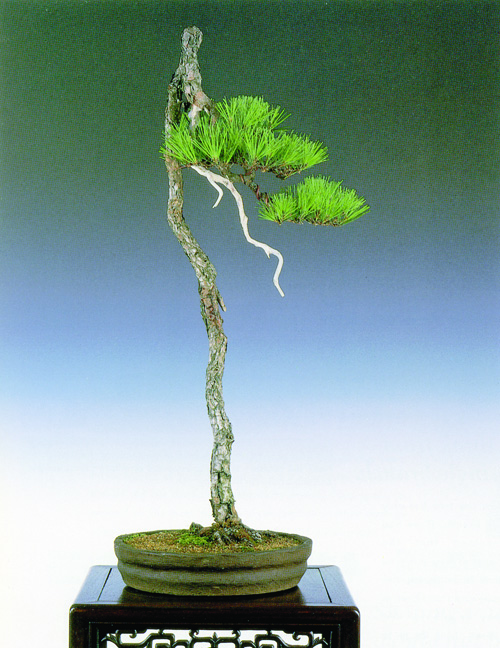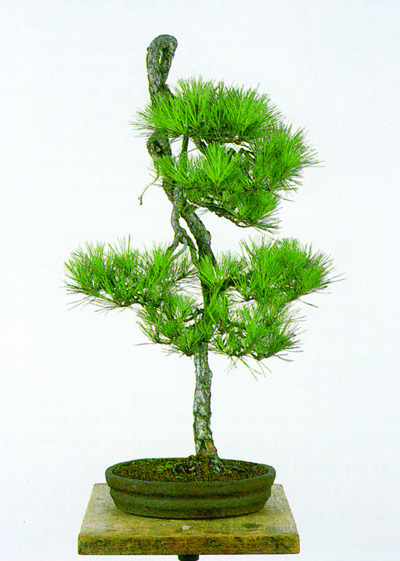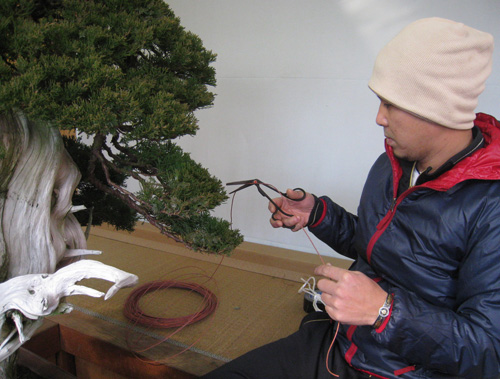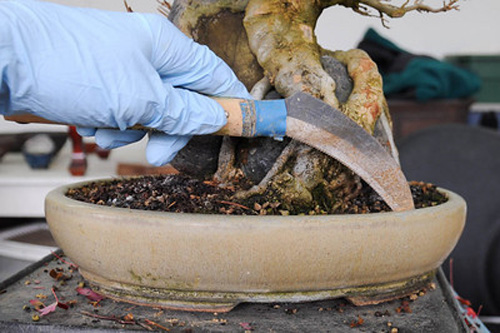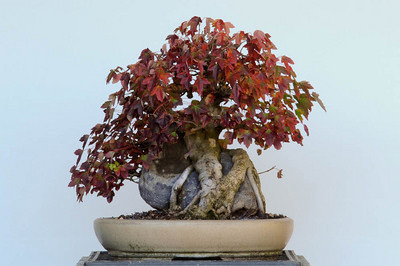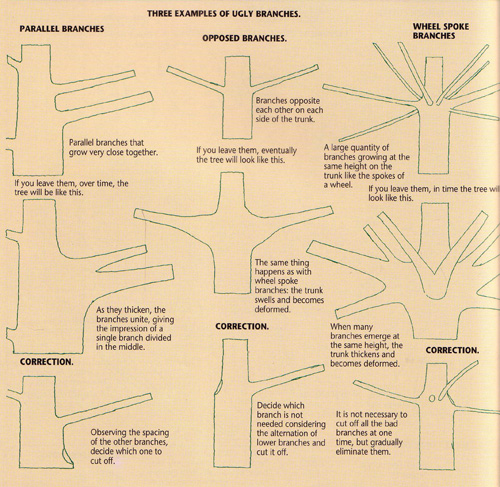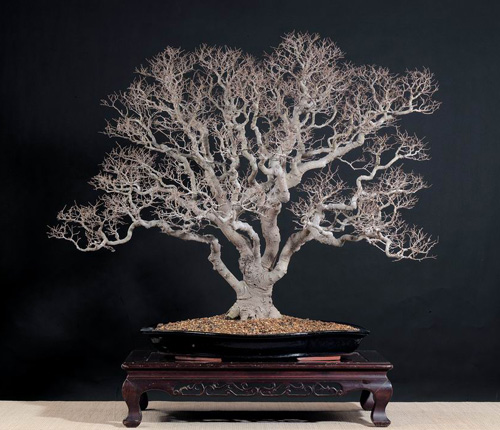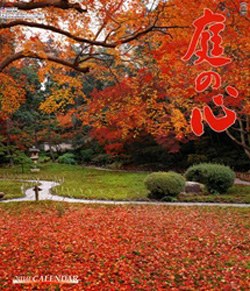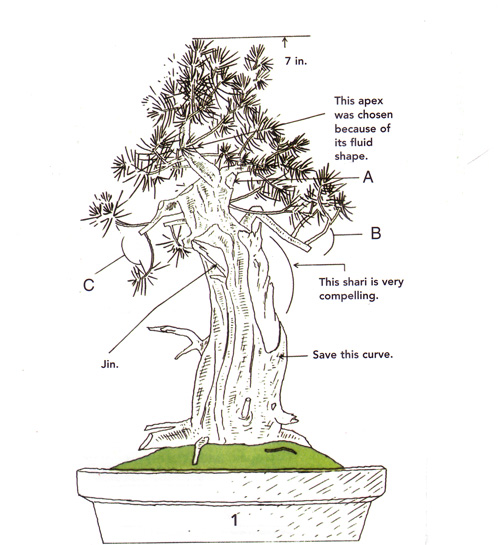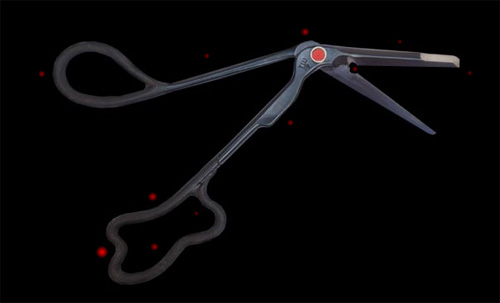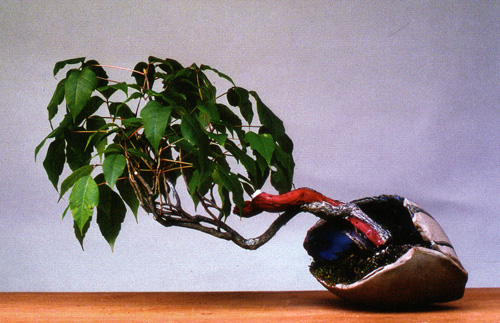Part 3 of 5
I’ve seen it first-hand. Visting bonsai teachers come to town and whip trees into spectacular shape only to leave the trees’ owners with ticking time-bombs. Until a tree is in outstanding health, it’s a poor candidate for even the most basic bonsai tasks. Great bonsai work requires great health, and great health begins with the roots. If you hear otherwise, think twice before handing over the scissors.
All of this to say that repotting is serious business. Cuting too many roots can weaken or kill a tree – not cutting enough can lead to root rot or die back and prevent good nebari from developing. When done well, however, repotting can invigorate bonsai and give them the strength to recover from the most intensive styling techniques. That’s why repotting has always been among my favorite tasks. It’s an art unto itself, and it’s never failed to keep me interested.
Trident maple is best repoted in late winter or early spring. And while most deciduous trees are typically repotted before they leaf out, tridents can be repotted as long as the leaves are ruddy. Repoting this late can slow a tree down a bit, but if it’s in otherwise good health, it won’t skip a beat.
Root-work begins, in this case, with the botom of the rootball. To get to the bottom I have to tip the tree onto its side. After removing the tree from the pot I can see that the roots are loose where the sickle passed, but nice and compact on the other side. If I tip the rootball onto the side where the sickle passed, I can damage loose roots. Tipping the tree onto the untouched side can protect the rootball while I work on the base. This explains why I begin with the bottom of the rootball. If I start with the top or the sides, I’ll be exposing roots that could get damaged when I turn the tree onto its side.

